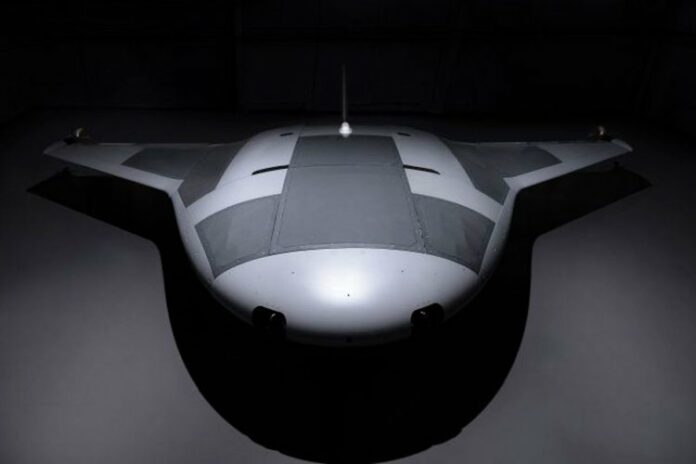Engineers have assembled an autonomous underwater drone that the U.S. Defense Advanced Research Projects Agency (DARPA) plans to use for long-range missions in the ocean, pictures show.
Dubbed “Manta Ray,” the drone is modeled after filter-feeding fish of the same name with diamond-shaped bodies and wing-like fins. The prototype, designed and built by the aerospace and defense company Northrop Grumman, is an extra-large glider capable of operating long-duration, payloaded missions without needing on-board human support and maintenance.
Once deployed, the drone could also save energy by anchoring itself to the seabed and hibernating in a low-power mode.
“I’m excited to repost one of the first pictures of Manta Ray fully assembled in our Annapolis facility,” Todd Leavitt, the vice president of naval and oceanic systems at Northrop Grumman, wrote in a LinkedIn post resharing the company’s announcement.
DARPA launched the Manta Ray program in 2020 to improve underwater vehicle design, including developing techniques to increase payload capacity and conserve energy. The agency initially selected three contractors — Northrop Grumman, Martin Defense Group LLC and Metron Inc. — but the latter dropped out in late 2021. Since then, Northrop Grumman and Martin Defense Group LLC have each developed unique prototypes of the drone for in-water demonstrations and testing.
Northrop Grumman’s Manta Ray prototype integrates several unique features to support DARPA’s vision of creating “strategic surprise,” the company said on its website. These include autonomy, carrying capacity for equipment to support different missions, energy-saving functions and modularity — meaning the design can be taken apart and reassembled. The drone also fits into five standard shipping containers, meaning it can be transported and deployed worldwide.
Source: Live Science



